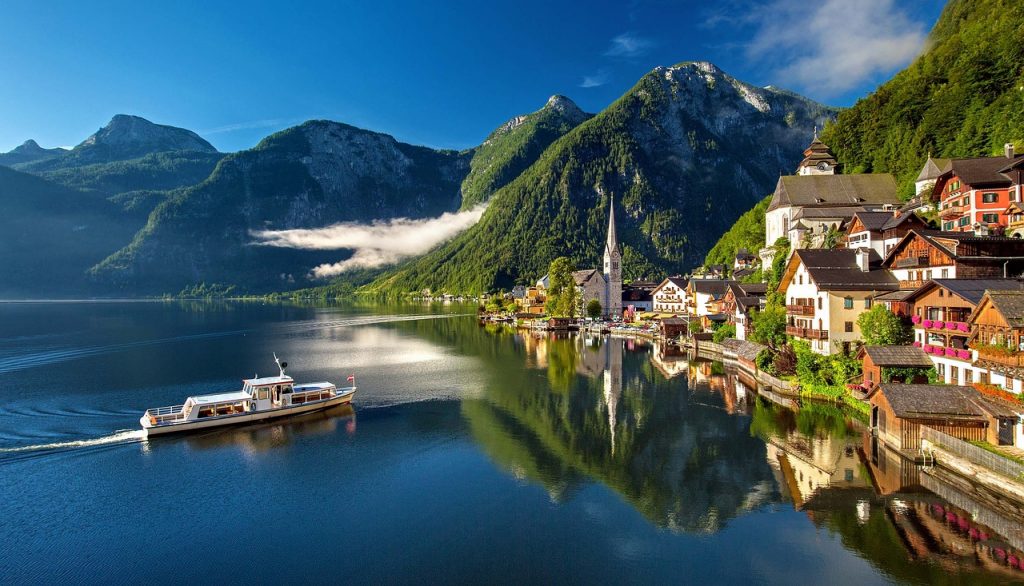Trending
- China’s 26-Megawatt Leviathan: Dongfang Electric’s Wind Turbine Signals New Era in Renewable Energy Infrastructure
- Demonic Horns and Biodiversity Crisis: Australia’s Newly Described Lucifer Bee
- Belém’s Moment of Truth: Can COP30 Bridge the Climate Finance Chasm
- The Sultan Who Conquered Time: Why Saladin Still Captivates Us
- The Art of Winter Garden Elegance: Designing Outdoor Sanctuaries for the Colder Months
- Rūrutu: Where Ancient Caves Meet Sustainable Whale Tourism
- The Invisible Concierge- How AI Agents Are Redefining Luxury Living
- Lapland’s Ethical Enchantment: Luxury in the Responsible Arctic


